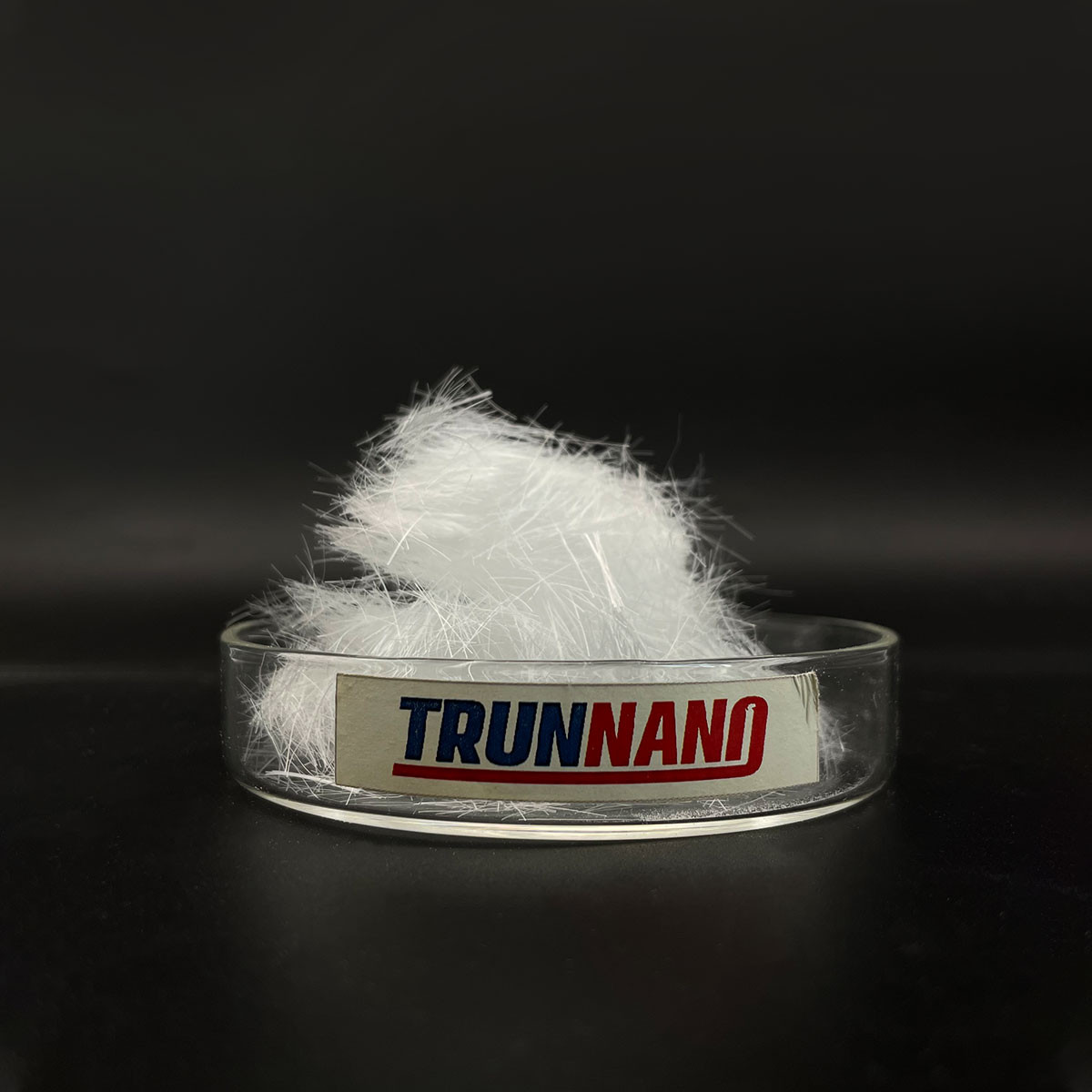Introduction to PVA Fiber: A Game-Changer in Cementitious Composites
Polyvinyl Alcohol (PVA) fiber has actually emerged as a leading reinforcing product in modern cement-based composites, revolutionizing the performance and toughness of concrete frameworks. Known for its high tensile stamina, outstanding bond with concrete matrices, and superior resistance to alkaline settings, PVA fiber goes to the forefront of sophisticated fiber-reinforced concrete (FRC) technology. Its assimilation into ultra-high-performance concrete (UHPC), engineered cementitious compounds (ECC), and strain-hardening cementitious products (SHCM) marks a substantial jump towards ductile, crack-resistant, and lasting building remedies.
(PVA Fiber)
Chemical and Mechanical Qualities of PVA Fiber
PVA fiber is an artificial polymer identified by high hydrophilicity, modest modulus of flexibility, and strong interfacial bonding with cementitious products. Unlike steel fibers, which are prone to deterioration, or polypropylene fibers, which provide minimal mechanical reinforcement, PVA fibers incorporate flexibility with toughness– showing tensile toughness going beyond 1,600 MPa and elongation at break around 6– 8%. Their microstructure enables reliable split bridging, power dissipation, and post-cracking ductility, making them ideal for applications requiring toughness and impact resistance without jeopardizing workability.
Device of Crack Control and Ductility Enhancement
The main function of PVA fiber in concrete is to manage microcrack proliferation and boost post-cracking habits. When consistently dispersed within the matrix, PVA fibers work as micro-reinforcement components that connect fractures launched throughout packing or contraction. This system dramatically enhances flexural stamina, crack strength, and power absorption capacity. In Engineered Cementitious Composites (ECC), PVA fibers enable strain-hardening behavior, where the material shows numerous fine fractures rather than disastrous failure. This distinct building mimics the ductility seen in metals, transforming typically weak concrete into a quasi-ductile product suitable for seismic-resistant and fatigue-prone structures.
Applications in Framework, Repair, and Prefabricated Equipment
PVA fiber-reinforced concrete is significantly made use of in framework tasks demanding high sturdiness and resilience. It plays a crucial function in passage cellular linings, bridge decks, water control frameworks, and blast-resistant structures because of its capability to stand up to spalling under extreme conditions. In structural repair service and retrofitting, PVA-modified mortars give boosted bond, lowered shrinking breaking, and improved lasting performance. Upreared elements incorporating PVA fibers benefit from regulated splitting, dimensional security, and faster demolding cycles. Moreover, its compatibility with automated casting procedures makes it well-suited for modular and 3D-printed building and construction systems.
Sustainability and Ecological Benefits
Past mechanical efficiency, PVA fiber adds to sustainable building techniques. By making it possible for thinner, lighter, and longer-lasting frameworks, it decreases overall material intake and personified carbon. Contrasted to steel fiber-reinforced concrete, PVA fiber eliminates issues related to rust discoloration and galvanic rust, extending service life and reducing maintenance costs. Some formulas now incorporate bio-based or partly eco-friendly variations, lining up with green building criteria and round economy principles. As ecological guidelines tighten, PVA fiber offers a feasible option that balances structural integrity with eco-friendly obligation.
Difficulties and Limitations in Practical Execution
Despite its advantages, the adoption of PVA fiber deals with obstacles associated with cost, diffusion, and curing sensitivity. PVA fibers are more expensive than conventional artificial fibers, restricting their use in budget-sensitive applications. Achieving uniform dispersion needs specialized blending strategies, as inappropriate handling can lead to balling or partition. Furthermore, PVA fibers are delicate to prolonged wet-dry biking, which may affect lasting bond efficiency otherwise adequately addressed through fiber surface area treatment or crossbreed fiber strategies. Addressing these concerns requires ongoing research right into affordable production methods and efficiency optimization.
Advancements Driving Next-Generation PVA Fiber Technologies
( PVA Fiber)
Recurring innovations in fiber design are expanding the capabilities of PVA fiber in construction. Surface modification techniques such as plasma treatment, etching, and coating with nano-silica or polymer layers are enhancing fiber-matrix communication and sturdiness. Crossbreed systems incorporating PVA with other fibers– such as carbon or lava– are being explored to optimize mechanical residential properties throughout various filling circumstances. Scientists are likewise creating smart PVA fibers embedded with sensing capacities for real-time architectural health and wellness tracking. These developments are pressing the borders of what fiber-reinforced concrete can achieve, leading the way for intelligent, flexible building products.
Market Trends and International Industry Expectation
The worldwide market for PVA fiber in building and construction is growing progressively, driven by raising demand for high-performance concrete in Asia-Pacific, North America, and Europe. Federal governments and industry leaders are investing in resilient facilities, disaster reduction, and sustainable city growth– crucial drivers for PVA fiber fostering. Leading chemical and building product distributors are broadening product, improving technical assistance, and collaborating with scholastic establishments to improve application procedures. Digital tools such as AI-driven mix style software and IoT-enabled fiber dosing systems are more streamlining application, enhancing efficiency, and ensuring constant quality across large-scale jobs.
Future Prospects: Integration with Smart and Resilient Construction Ecosystems
Looking in advance, PVA fiber will play a central duty fit the future generation of clever and resistant building and construction ecosystems. Integration with digital twin systems will allow engineers to simulate fiber-reinforced concrete actions under real-world conditions, maximizing design prior to deployment. Developments in self-healing concrete integrating PVA fibers and microcapsules are anticipated to expand architectural lifespans and reduce lifecycle expenses. In addition, as the building and construction market welcomes decarbonization and automation, PVA fiber attracts attention as a vital enabler of lightweight, high-strength, and environmentally responsive building products tailored for the future.
Distributor
Cabr-Concrete is a supplier of Concrete Admixture under TRUNNANO with over 12 years of experience in nano-building energy conservation and nanotechnology development. It accepts payment via Credit Card, T/T, West Union and Paypal. TRUNNANO will ship the goods to customers overseas through FedEx, DHL, by air, or by sea. If you are looking for high quality flexural capacity fiber-reinforced pva lightweight aggregate concrete reinforced with frp bars, please feel free to contact us and send an inquiry(sales5@nanotrun.com).
Tags: pva fiber,polyvinyl alcohol fiber, pva concrete
All articles and pictures are from the Internet. If there are any copyright issues, please contact us in time to delete.
Inquiry us

